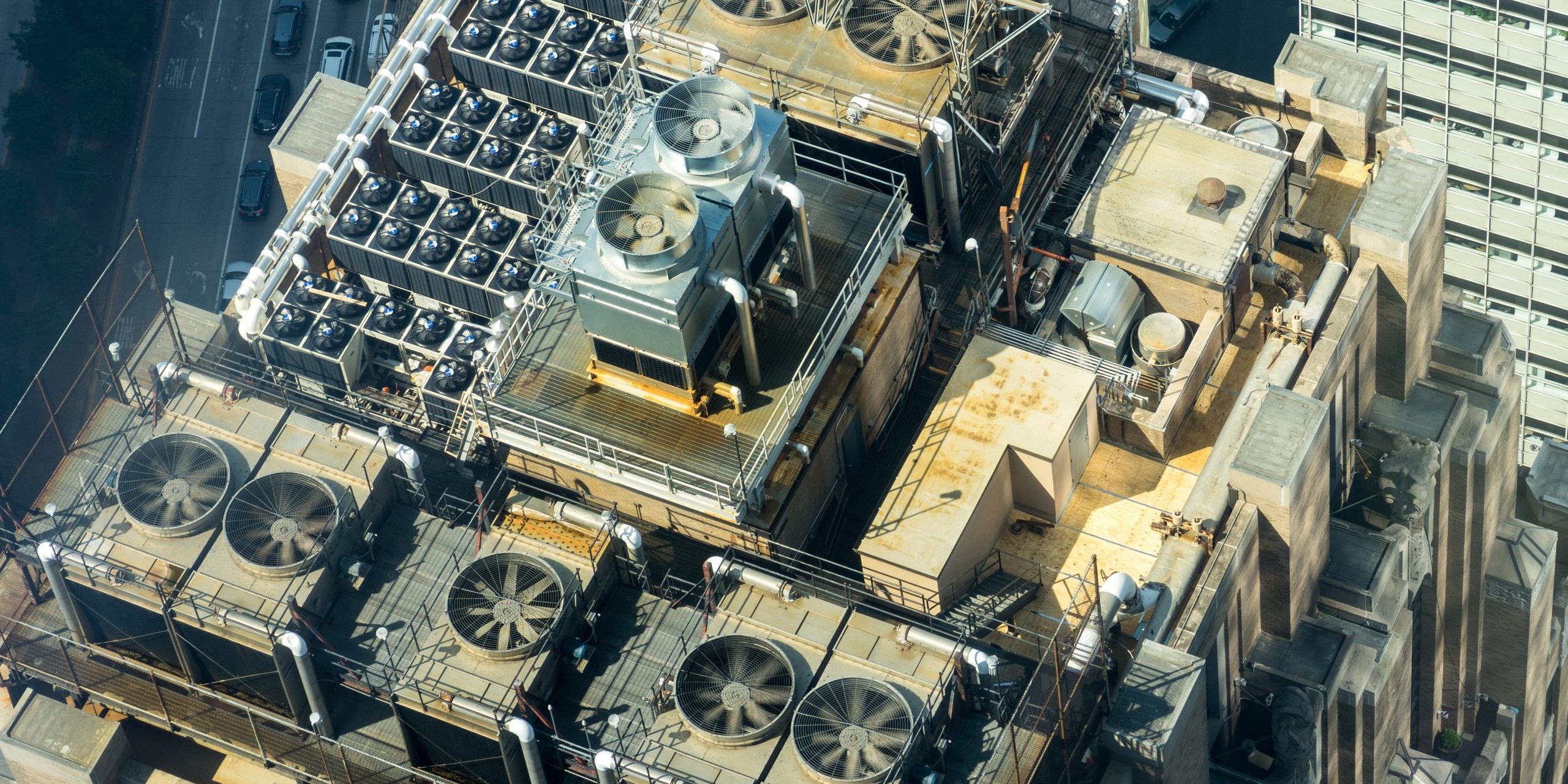In order for a Heating, Ventilation and Air-conditioning (HVAC) system to achieve its goal of providing proper airflow, heating and cooling for residential and commercial buildings, the design should be suitable for the structure and of high quality.
A staple of modern life, many of us enjoy the privilege of heating or the cooling comfort of air conditioning in the seasons that require it and probably don’t think about it beyond when it’s needed. However, each component of an HVAC system is intricate and can impact the efficiency of the others, which is why careful consideration should be given to the design and installation of the system.
The best HVAC designs increase energy efficiency and cut running costs, so let’s jump into what to take into account.
Factors To Bear In Mind When Designing HVAC Systems
Though HVAC systems are all designed for the same purpose to maintain adequate air quality, ventilation and thermal comfort – they’re not all designed in the same way. An engineer will review an exhaustive list of factors that contribute to the efficacy of the system, which includes the following fundamentals:
- The type of air conditioning system
- The size of the system and the available space
- Ducts and ventilation
- Cooling loads
- Energy efficiency
- Cost-Effectiveness
- Health and safety requirements
The 3-Step Design Process
- Conduct a cooling and heating load calculation
- Select a correctly sized system (Too large and costs increase, too small and enough cool/heat will be provided)
- Accurate duct design
A qualified professional will ensure the system is designed to perform optimally and proper installation will permit this.
Factors To Consider When Installing HVAC Systems
There are many advantages to installing a new HVAC system such as improved energy efficiency and extended service life of the unit, but even with a perfect design, the maximum benefits won’t be reaped if the job isn’t performed correctly the first time.
Remember, poor installation can cost more in the long run, whereas the merits of a properly installed system enable the following:
- Reduced on-going service costs – Even if an investment has been in a high-quality system, improper installation will not provide energy savings, it will more likely induce early repair costs
- Extended life of the unit – When installed incorrectly, HVAC systems are likely to run into issues like worn components due to too much stress on the system to get the job done
- Less noise is created when it’s running – All relating to faulty components of an HVAC system, loud scraping, banging, rattling or high-pitched sounds can be expected if careless installation takes place
- Comfort levels are met – A botched installation causes performance issues that contribute to low-level comfort control and inconsistent temperature regulation
Every home is different, requiring customizations when it comes to aspects like wiring, duct runs and coolant supply. In terms of commercial buildings, while there are a range of off-the-shelf systems that can be installed, commercial HVAC systems are complex and demand careful planning, design and installation to be energy-efficient and cost-effective.
This is why the combination of quality design and quality installation from a qualified technician is essential to ensure it meets the manufacturer’s specifications for an extended unit life. Contact Optimal Engineering today!







